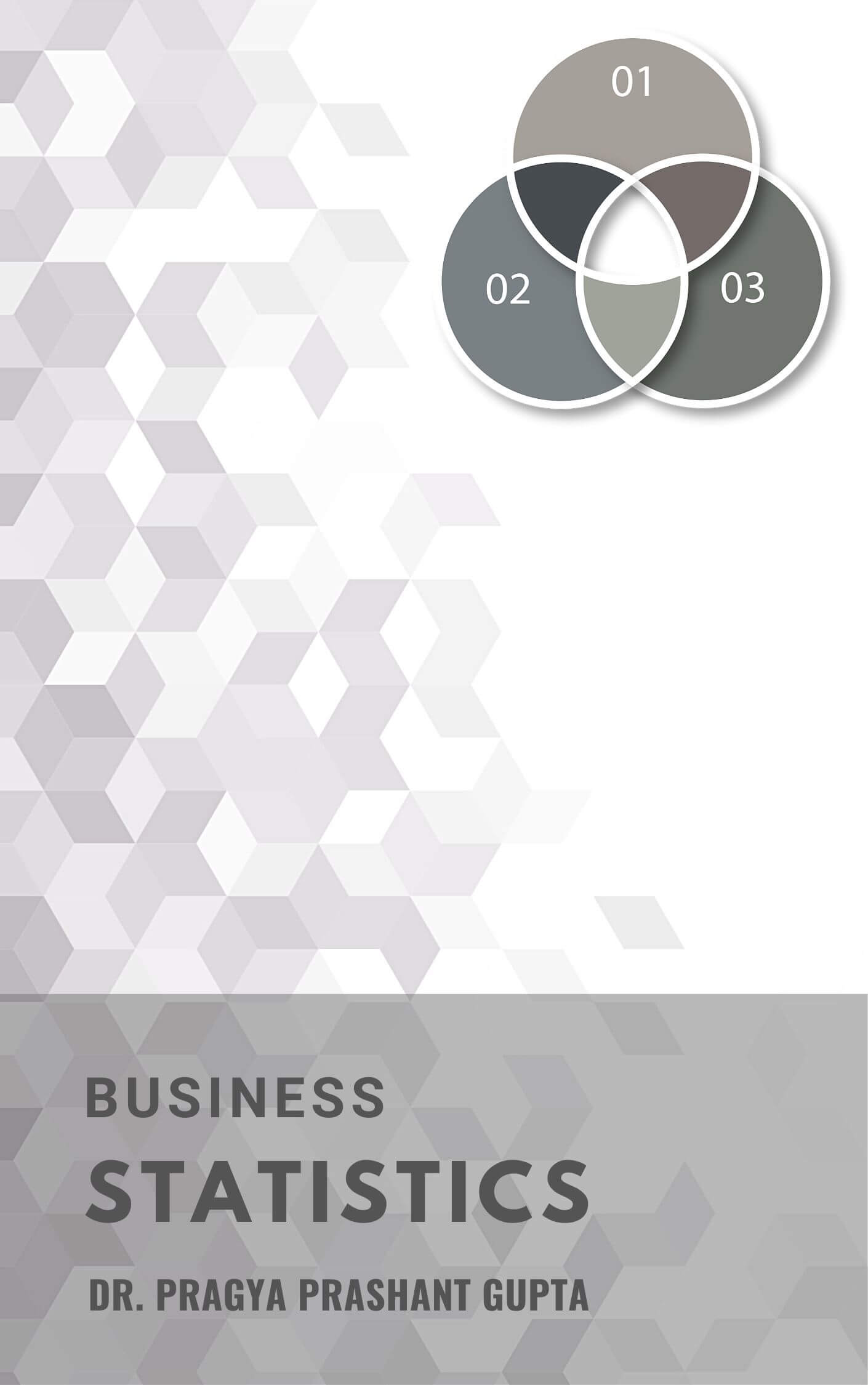Read eBook on Lokayatan app
Based on the New Education Policy.
*By purchasing you agree to the Terms & Conditions
CHAPTER – 1
INDIAN STATISTICS
1.0 Introduction
The Indian Statistical System presently functions within the overall administrative framework of the country. The Indian federal structure has influenced the organisation of the statistical system as well. The division of administrative functions between the Government of India and the State Governments is on the basis of the subject classifications under the Union, State and Concurrent Lists as detailed in the Constitution of India. At the Centre, the responsibilities are further divided amongst the various ministries and departments, according to the Allocation of Business Rules, 1961 that are amended from time to time. The collection of statistics on any subject generally vests in the authority (Central Ministry, Department, and State Government Department) that is responsible for that subject according to its status in the Union, State or Concurrent Lists. By and large, the flow of statistical information emanates from the States to the Centre except in cases where the State-level operations are an integral part of Centrally- sponsored schemes or data are collected through national sample surveys.
The development of statistics and statistical organization as we know it today, in fact, did not grow in India overnight. It took more than a century to graduate to its present form but its history goes as far back as 300 BC. The subject of statistics and probabilistic ideas in India show to be of ancient origin in India. From that time to this modern era lots of changes faced by Indian Statistics. As a student of statistics, it is a basic point to know about the history and growth of Indian statistics.
1.2 History of Indian Statistics
1.2.1 Statistics in Ancient Times in India
In India, an efficient system of collecting official and administrative statistics existed even more than 2000 years ago. In the reign of Chandragupta Maurya (324-300 B.C) it found that under the supervision of the great Kautilya’s (Chanakya) Arthashastra, a very good system of collecting vital statistics and registration of births and deaths was in vogue. It also included the nature of government, law, civil and criminal court systems, ethics, economics, markets and trade, the methods for screening ministers, etc.
During Akbar’s reign Raja Todarmal, the then land and revenue minister had also maintained good records. He covered various points like land its classification, crop yields, measurement systems, revenue, agricultural Statistics, etc. In Aina-e-Akbari during 1596-1597, which had written by Abul Fazal also, describes the various accounts of administrative and statistical surveys.
1.2.2 Statistical System during British India
British political power was first established the East-India Company (EIC) in Eastern India. For proper management in whole India, a survey (in 1807) of the provinces was done covering an area of 60,000 square miles and 15 million people. This report had contained detailed information on the topography of each district like the condition of the inhabitants along with their religion, customs, progress of Indian arts, growth of industry, operation of commerce, fisheries, mines, the agricultural situation, useful plants and seeds, etc.
Martin had published “The History, Antiquities and Statistics of Eastern India” in three volumes of 2400 pages covering 9 districts of Bengal. A government officer published the first census report in 1848 relating to the area and revenue of each Paragana (district) in North-West provinces of India. The first systematic attempt to get detailed information on the whole population of India was made between 1867 and 1872. The operation of a decennial census for the whole country started in 1881 and it is still continuing.
At a later stage, details on topographical data, ethnic divisions and creeds, agricultural situation, commerce, working of district administration, sanitary and medical aspects, meteorological data were collected for each district. About 100 printed volumes aggregating to 36,000 pages covering 240 districts comprising 15 British Indian provinces were published and later condensed in the Imperial Gazetteer of India which was released in 1881 in nine volumes. During the British period, the statistical development was geared towards administration, tax collection, revenue, trade and commerce and related activities.
1.2.3 Statistical System after India attained Independence
After the independence in 1947, the country saw an urgent need for a statistical framework suitable for economic and social development. Mahalanobis, a physicist by training, recognized Statistics as the “key technology” in planning for the economic development of an independent India and pioneered the statistical movement in the country.
Mahalanobis was appointed as an Honorary Statistical Adviser in 1949 to the Government of India and Central Statistical Unit was set up under his technical guidance, which was later organized, named as Central Statistical Organization (CSO) in 1951. This organization was setup to coordinate the statistical work done in various ministries and other government agencies and to advise them, to maintain standards with regard to definitions, concepts and procedures, to provide consultancy, to liaison with international statistical organizations. In the objective of this, organisation to prepare and publish a Monthly and Annual Statistical abstract and inform to public.
In order to improve the quality and fill up the gaps in statistical information, it was decided to establish a National Sample Survey Organization (NSSO). This organization had four divisions: Survey design and research, Field operations, Data processing, and Economic Analysis. The national sample survey (NSS) is the largest multi-purpose socio-economic survey.
Overview & Preview
| Book Type: | eBook, PDF (290 pages), 16 Chapters |
|---|---|
| Language: | English |
| ISBN: | 978-93-92308-03-1 |
This book is covering the complete syllabus of Business Statistics. It is the only book of its kind which is student-friendly, teaching convenient, and exam-oriented at the same time. The main purpose of this book is to enable the student to write the correct, logical, relevant, coherent, well proportioned, and impressive answers to the questions asked in the examination.
The book has been written in very simple and understandable language along with the appropriate examples, diagrams, and other student-friendly concepts. Not only this book covers the long answer-type questions but also the short answer-type questions. Both of the question types are organized in the unit-wise syllabus.
Sample Pages
APPBOOK
Lokayatan publication has come up with this innovative idea to make the learning process even more fun and engaging for learners.
Stay
CONNECTED











